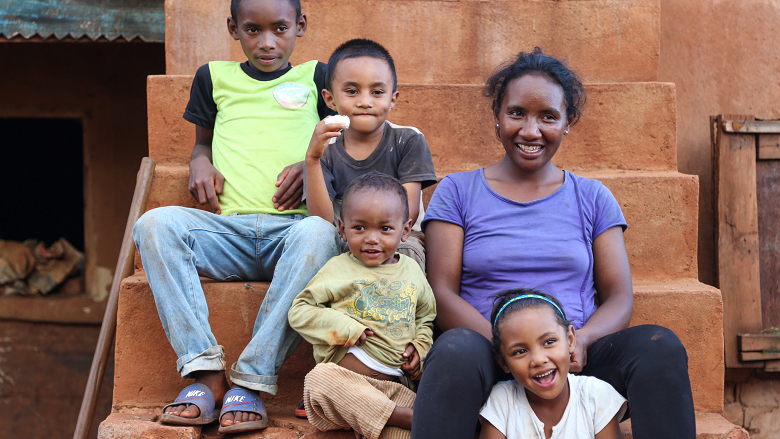As an early adopter of the results-based financing, the World Bank’s Global Partnership for Results-Based Approaches (GPRBA) has tested RBF – specifically output-based aid (OBA) – in Africa, South Asia, and other regions. It has recently expanded to include more flexible RBF solutions. Over the past 16 years, , such as energy, water and sanitation, health, education, solid waste management, and telecommunications – for example:
- In Kenya, RBF is a key part of a commercial bank lending to water utilities that extended water and sanitation services to low-income communities, supported by a 50 percent USAID partial credit guarantee. The water utilities managed to unblock obstacles to accessing commercial finance, thanks to technical assistance through RBF, including borrower and lender toolkits, support for negotiations and loan perfection, and utility creditworthiness assessments.
- In Bangladesh, an RBF grant is blended with household loan finance from local microfinance institutions to increase access to hygienic latrines in low-income rural areas. The project has facilitated over $1 million in small business loans to local construction firms responsible for installing the latrines .
- RBF grants are supporting pro-poor renewable energy projects in rural Bangladesh and Ghana, where the World Bank’s IDA financing for domestic financial institutions helps facilitate household investments in low-cost solar home systems and other sources of clean energy.
- Another project in Ghana used an RBF grant to stimulate demand for urban household sanitation, attracting larger contractors to supply toilets to low-income communities as well as financial institutions to enter the market.
- A new social impact bond project in Uzbekistan supported by the World Bank/IDA and GPRBA seeks to stimulate public-private partnership that ties financial returns and payments to rigorously measured results – in 140 private preschools in the country’s urban areas delivering appropriate educational services.
For every $1 of GPRBA funding, an additional $3 was mobilized through contributions from the private sector, project implementers, consumers, governments, and other development partners. GPRBA’s results-based financing approach has proved to be a major contributor maximizing finance for development, a development agenda that helps countries pursue sustainable private investments in pursuit of the SDGs, while reserving scarce public resources for areas where they are needed most.
National and local governments alike do not only need more financial resources, but also enabling financial and regulatory frameworks, to attract investment and promote sustainable economic growth. Results-based financing can help enable countries to establish and strengthen institutions and to improve infrastructure and services. It is an increasingly important way to achieve inclusive, resilient, and sustainable cities and communities for all.
Learn more about results-based financing on www.gprba.org. Contact rbfinfo@gprba.org if you would like to know how you can incorporate the RBF mechanism into your projects – or just want to learn more about it.

